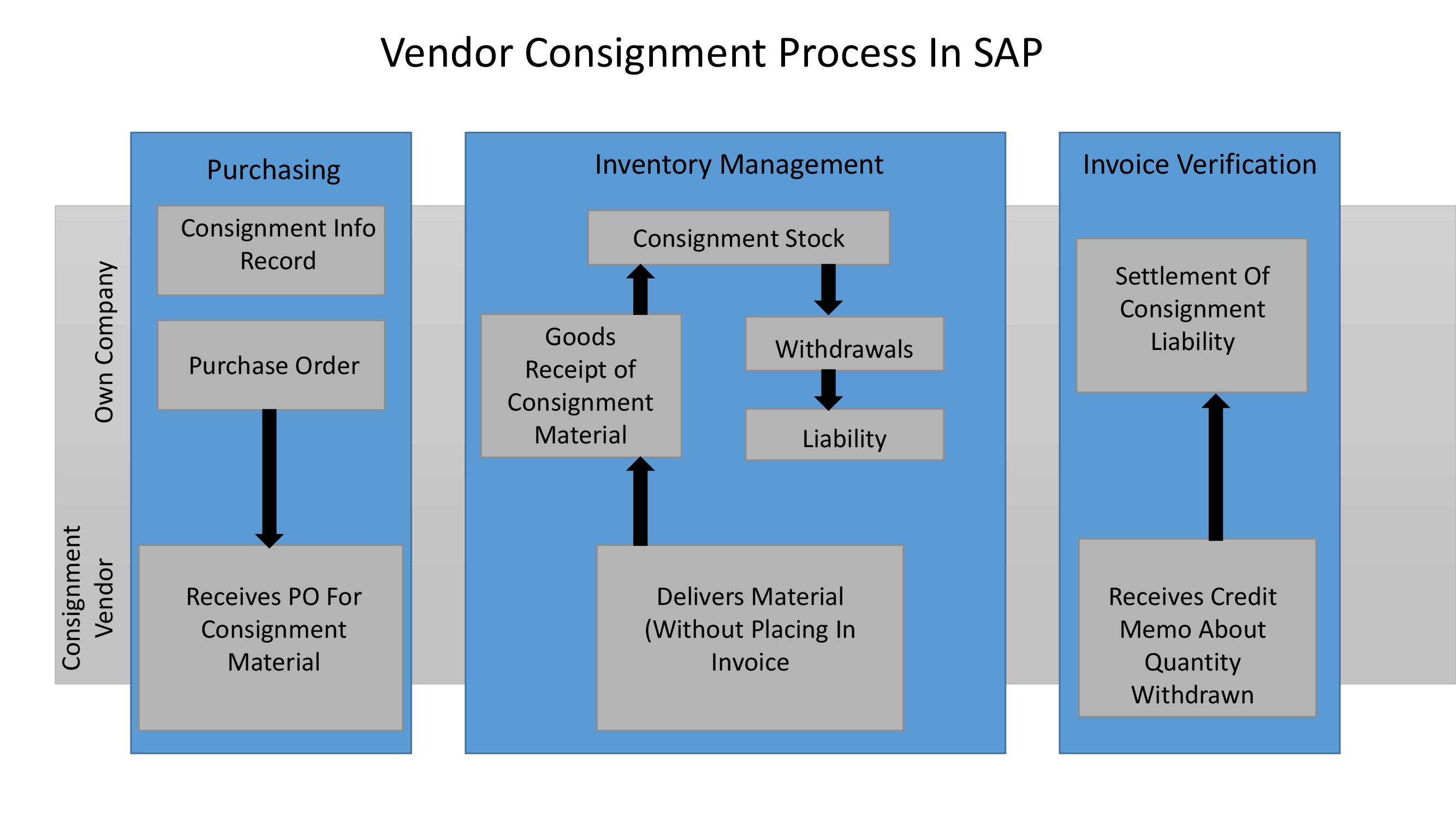Food Catering Management System Presentation
| Introduction to Food Catering Management System | ||
|---|---|---|
| A food catering management system is a software solution designed to streamline and automate the processes involved in managing a catering business. It helps catering companies efficiently handle tasks such as menu planning, order management, inventory tracking, and customer relationship management. By implementing a catering management system, businesses can improve productivity, increase customer satisfaction, and ultimately boost profits. | ||
| 1 | ||
| Benefits of Food Catering Management System | ||
|---|---|---|
| Improved efficiency: The system automates manual tasks, reducing the time and effort required to manage catering operations. Enhanced customer experience: With a catering management system, businesses can easily customize menus, track dietary restrictions, and provide exceptional service to clients. Streamlined inventory management: The system enables real-time tracking of ingredients and supplies, minimizing waste and optimizing stock levels. | ||
| 2 | ||
| Key Features of Food Catering Management System | ||
|---|---|---|
| Menu planning: The system allows for easy creation and customization of menus, including dietary restrictions and special requests. Order management: It provides a centralized platform to manage and track orders, from initial inquiry to final delivery. CRM integration: Catering management systems often integrate with customer relationship management tools, enabling businesses to track customer preferences, history, and feedback. | ||
| 3 | ||
| Key Features of Food Catering Management System (continued) | ||
|---|---|---|
| Staff scheduling: The system helps optimize staff allocation and manage shifts, ensuring efficient resource utilization. Inventory tracking: Real-time inventory monitoring prevents stockouts and enables accurate ingredient forecasting. Reporting and analytics: Comprehensive reports provide insights into sales, profitability, and customer satisfaction, aiding decision-making. | ||
| 4 | ||
| Implementation Considerations | ||
|---|---|---|
| Scalability: Choose a catering management system that can grow with your business and accommodate increasing demands. Integration capabilities: Ensure the system can seamlessly integrate with existing software, such as accounting or POS systems. User-friendliness: Opt for a system that is intuitive and easy to navigate, reducing the learning curve for your staff. | ||
| 5 | ||
| Implementation Considerations (continued) | ||
|---|---|---|
| Support and training: Look for a vendor that provides comprehensive support and training to maximize the benefits of the system. Security and data protection: Ensure the system adheres to industry-standard security protocols to safeguard sensitive customer and business information. Cost-effectiveness: Evaluate the total cost of ownership, including upfront costs, ongoing maintenance fees, and potential customization requirements. | ||
| 6 | ||
| Real-World Example: XYZ Catering Company | ||
|---|---|---|
| XYZ Catering Company implemented a food catering management system and experienced a 20% increase in order accuracy. The system enabled them to easily accommodate dietary restrictions and preferences, resulting in improved customer satisfaction. With real-time inventory tracking, XYZ Catering Company reduced food waste by 15% and optimized their ingredient purchasing. |  | |
| 7 | ||
| Real-World Example: XYZ Catering Company (continued) | ||
|---|---|---|
| The catering management system streamlined their order management process, reducing the time spent on administrative tasks by 30%. XYZ Catering Company utilized the reporting and analytics features to identify profitable menu items and make informed pricing decisions. Overall, the implementation of the catering management system led to increased efficiency, improved customer experience, and higher profitability for XYZ Catering Company. |  | |
| 8 | ||
| Conclusion | ||
|---|---|---|
| A food catering management system is a powerful tool for catering businesses to streamline operations, enhance customer satisfaction, and improve profitability. By automating tasks, integrating with CRM tools, and providing real-time insights, the system helps businesses efficiently manage menus, orders, staff, and inventory. When selecting a catering management system, consider scalability, integration capabilities, user-friendliness, support, security, and cost-effectiveness. | ||
| 9 | ||
| References (download PPTX file for details) | ||
|---|---|---|
| Smith, J. (2020). The Role of Technology in C... Johnson, A. (2019). Streamlining Catering Ope... Anderson, M. (2018). How Catering Management ... |  | |
| 10 | ||




